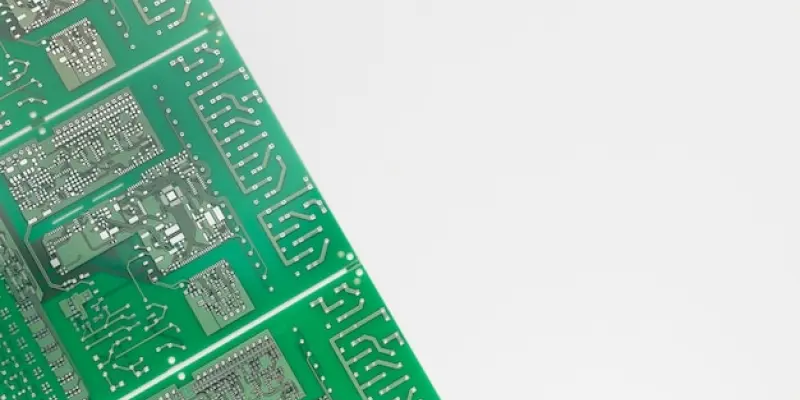The tech world is abuzz with rumors surrounding the discontinuation of AMD’s B650 chipset, a pivotal component of AM5 motherboards since its debut in 2022. This chipset became an anchor for AMD’s Ryzen 7000 and subsequent Ryzen 9000 series processors, but now it stands on the brink of obsolescence due to an impending shift to the B850 chipset. While the end-of-life announcement might seem sudden, there remains a substantial inventory of B650 chipsets available through the current year’s second quarter. Some variants like the B650M are expected to remain longer due to surplus stock. The surprise release of new B650 models by ASUS lately further underscores the unexpected nature of this phasing-out decision.
Current Status of B650 Chipset Inventory
Availability and Market Impacts
The existing inventory of the B650 chipset is reassuringly abundant, guaranteeing its availability until at least the second quarter of this year. This transition period allows consumers and manufacturers to adjust to the emerging landscape while capitalizing on current technologies. Amidst the transition, it is crucial to consider the role these motherboards have played in providing reliable and affordable solutions for AMD’s processors, supporting both the Ryzen 7000 and the newer Ryzen 9000 series.
During this transitional period, the industry’s focus is not solely on technology but also on market adaptation. Despite the forthcoming introduction of the B850 chipset, B650 continues to serve as a budget-friendly option for users interested in price-to-performance efficiency. This is especially significant for consumers who prioritize affordability over having the latest specifications, as these motherboards offer commendable overclocking abilities. The current market scenario presents an opportunity to acquire the B650 at reduced prices before it is gradually phased out.
Consumer Adaptation to Change
Consumers, especially those invested in AMD ecosystems, face a pivotal moment in deciding whether to remain with the B650 for cost-effective solutions or transition to the B850 for advanced features. ASUS’s launch of new B650 models amidst this discontinuation announcement creates a unique scenario. It highlights not only unexpected decisions within the supply chain but also consumer preferences that still significantly favor these motherboards for their price and performance ratio.
The demand for affordable computing alternatives remains robust, driving persistent interest in B650 motherboards. With continued support for Ryzen 7000X3D and 9000X3D processors, these motherboards remain attractive to users prioritizing value without the need for cutting-edge specifications. This demand underlines an ongoing trend where cost-effectiveness often trumps novelty, particularly in widespread computing segments.
Transitioning to B850: What Lies Ahead?
Anticipated Features and Benefits
The transition from B650 to B850 is expected to mark a significant technological evolution, bringing with it anticipated enhancements in performance and features. The forthcoming B850 chipset is poised to introduce PCI-E Gen 5.0 capabilities, offering users access to high-bandwidth interfaces and improved system efficiency. By combining superior connectivity options with next-generation overclocking possibilities, B850 is set to redefine the landscape for budget-friendly yet powerful computing solutions.
One of the most anticipated aspects of the new chipset is its commitment to affordability while delivering advanced features. This chipset’s introduction aims to strike a balance between cutting-edge innovations and cost-accessible components, targeting users who seek both performance and value. By the end of the year, it is expected that these chipsets will become more accessible to a larger audience, potentially altering consumer habits and expectations of what mid-range motherboards should deliver.
Potential Industry Shifts
Industry analysts predict that the B850 chipset will gradually replace B650 in its role as a preferred platform for those seeking affordable CPU and memory overclocking potential. This transition signifies a broader trend within technology manufacturing, where newer generations of chipsets consistently push the boundaries of performance while maintaining or reducing costs. The anticipation surrounding the B850’s features reflects a conscious stride toward integrating innovative technologies into more accessible price points.
As the B650 chipset phases out, the market is expected to adapt swiftly, with manufacturers redirecting their focus to the production and improvement of B850 chipsets and other 800-series components. This transition also raises questions about the future of other 600-series motherboards, prompting discussions about what replacements will look like and how they will align with ongoing consumer and technological trends.
Navigating the Future of Chipset Technology
The tech industry is buzzing with speculation regarding the potential phase-out of AMD’s B650 chipset, a key element in AM5 motherboards since its 2022 introduction. This chipset played a crucial role in supporting AMD’s Ryzen 7000 series, and more recently, the Ryzen 9000 series processors. However, it’s now facing potential obsolescence as AMD prepares to shift towards the newer B850 chipset. This end-of-life news might catch some off guard, but there’s still a significant stockpile of B650 chipsets likely to be available well into the second quarter of this year. Certain variations, such as the B650M, are anticipated to stay on the market longer due to surplus inventories. The unexpected launch of new B650 models by ASUS recently highlights the surprise element in this phasing-out process. Despite the transition, the B650 has carried out its role effectively, supporting advancements in AMD’s processor technologies and offering consumers a versatile option in the ever-evolving landscape of computer hardware.

